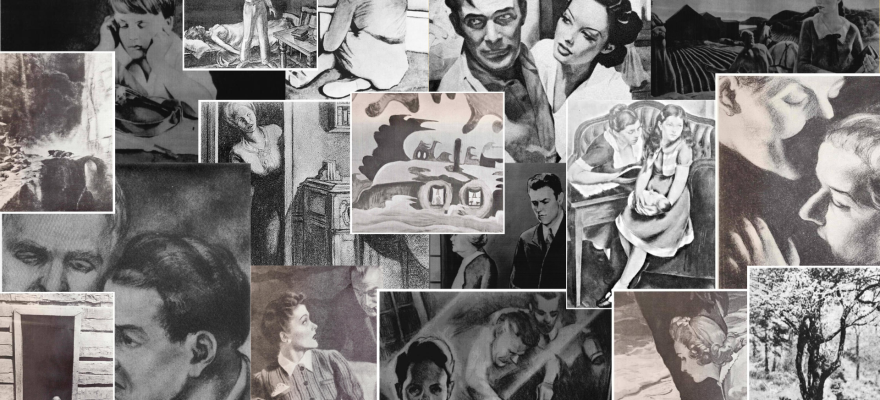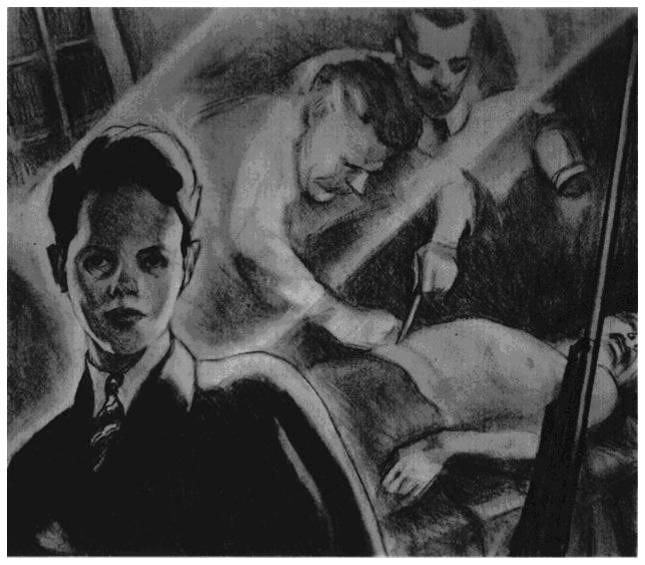Manifest Content
In this picture, you can see some sort of forest landscape with a tree, next to a river, and a small boat. The vegetation and background are a little imprecise.
Latent Content
After a card with tremendous anguish, this one is supposed to bring some peace to the subject. The familiarity of the material helps to establish the difference between the external world and the inner world.
What to Expect
The vital process is to recognize the absence of the object – the lack of a human figure of any kind. The subject must verbalize this absence without the fear of loss.
A typical story is about a family that decides to take a boat ride and left it at the side of the river. It is also frequent to see stories about peaceful walks in the woods or fishing in the river.
Oedipus Complex Context: This card suggests relationships without conflict, tender and calm. It can emerge a slight erotic context as well. The lack of human figures can bring anguish to some patients, nonetheless.
Depressive Patient: It is important to see the impact of the card after the anguish situation represented in the previous one. This will give us a clue about the person’s resilience – how the patient readjusts. A depressive patient is more likely to tell a story of desolation or abandonment.


























